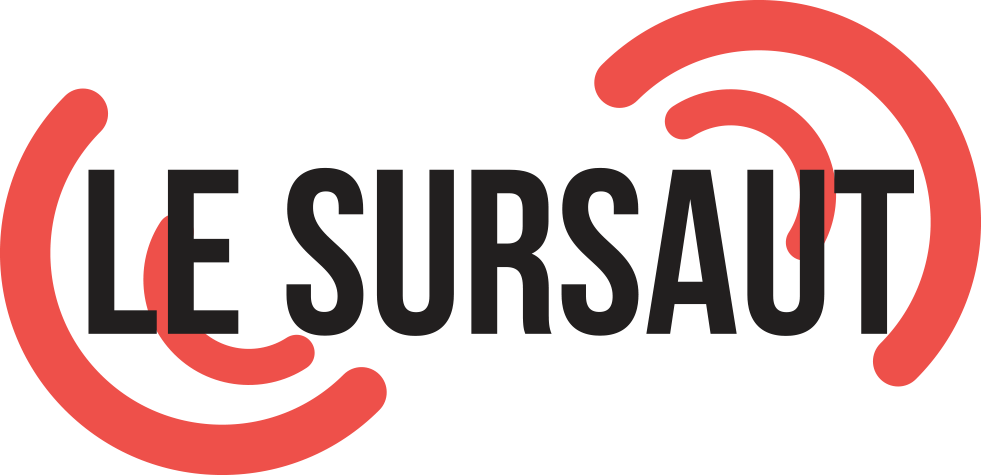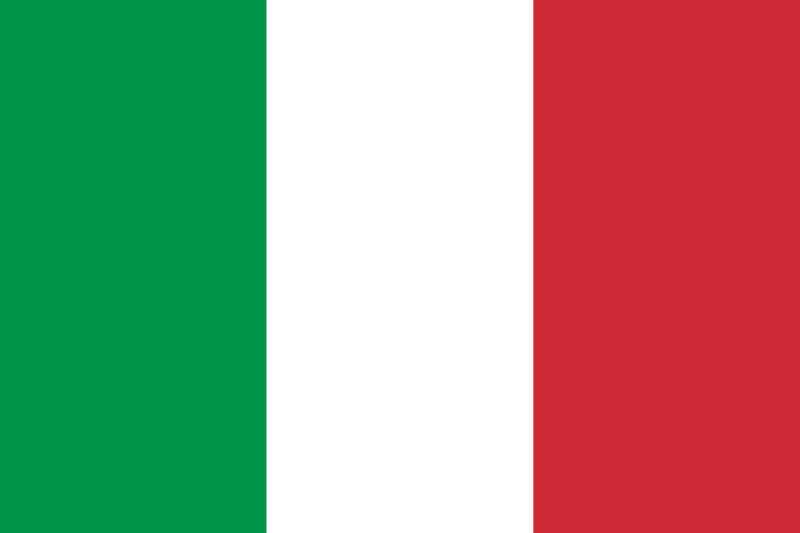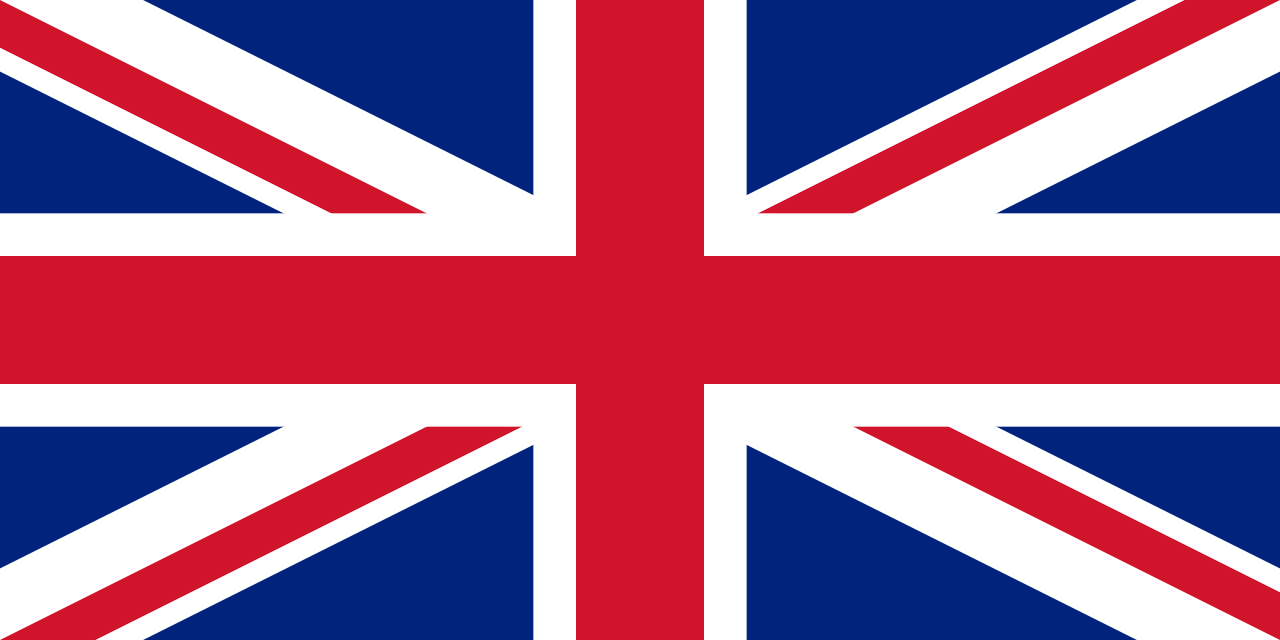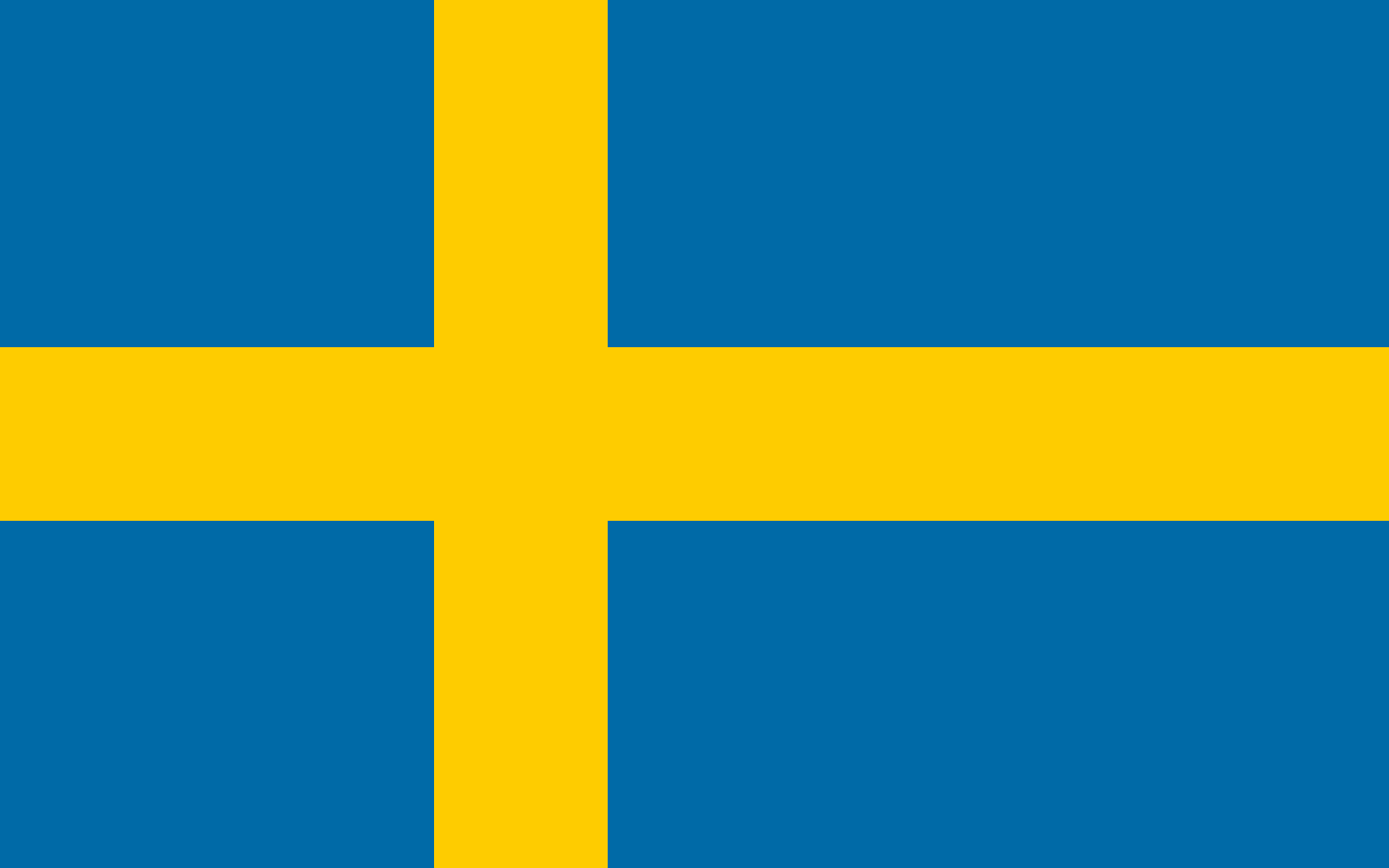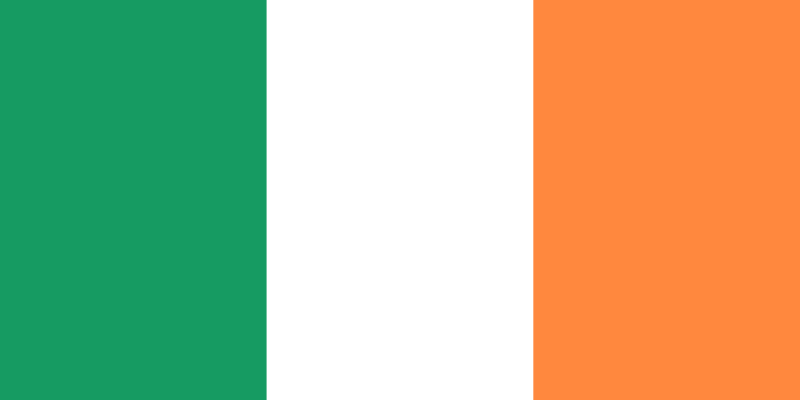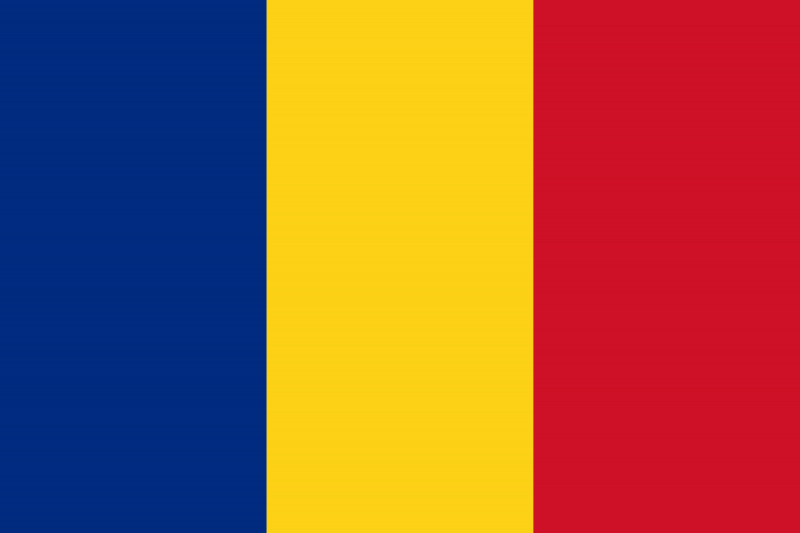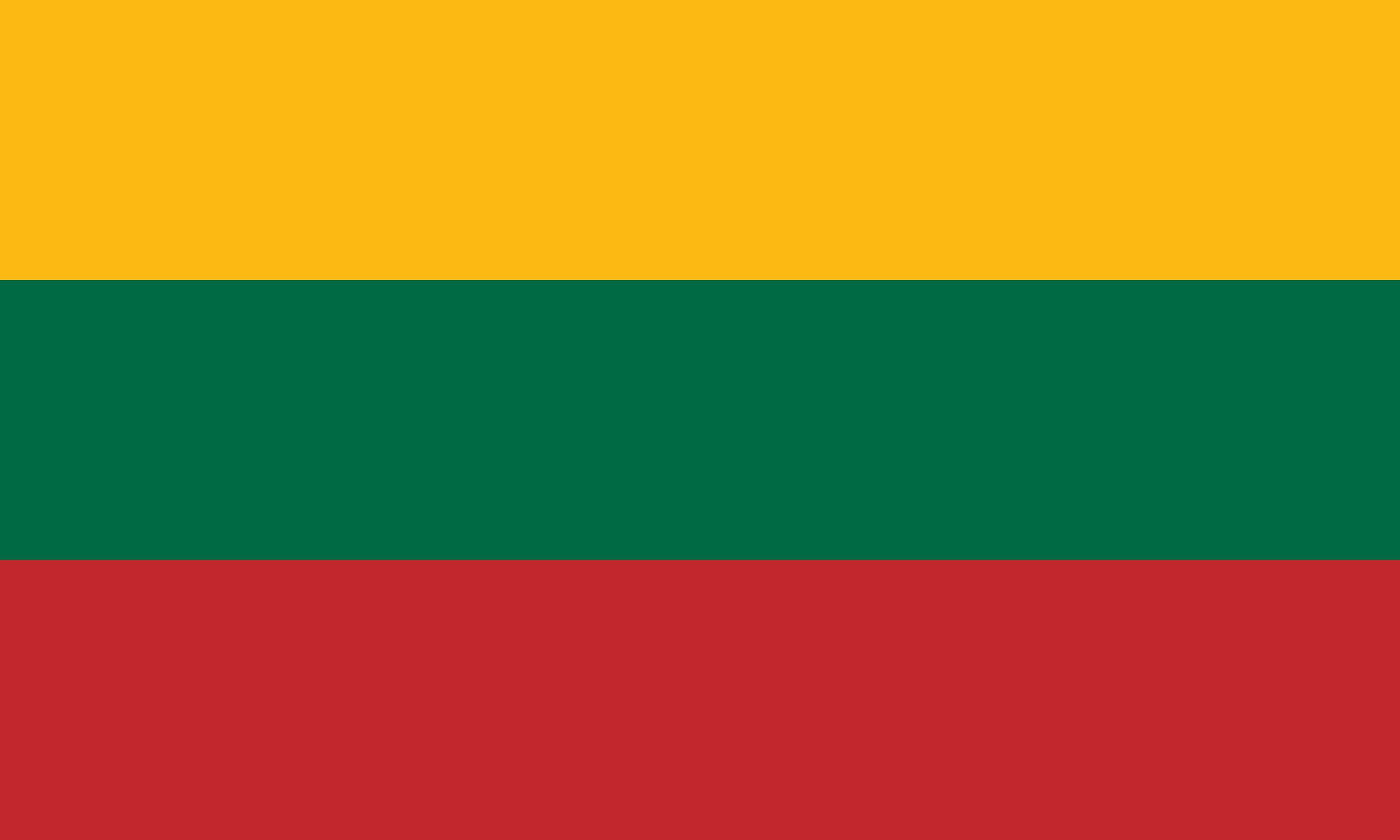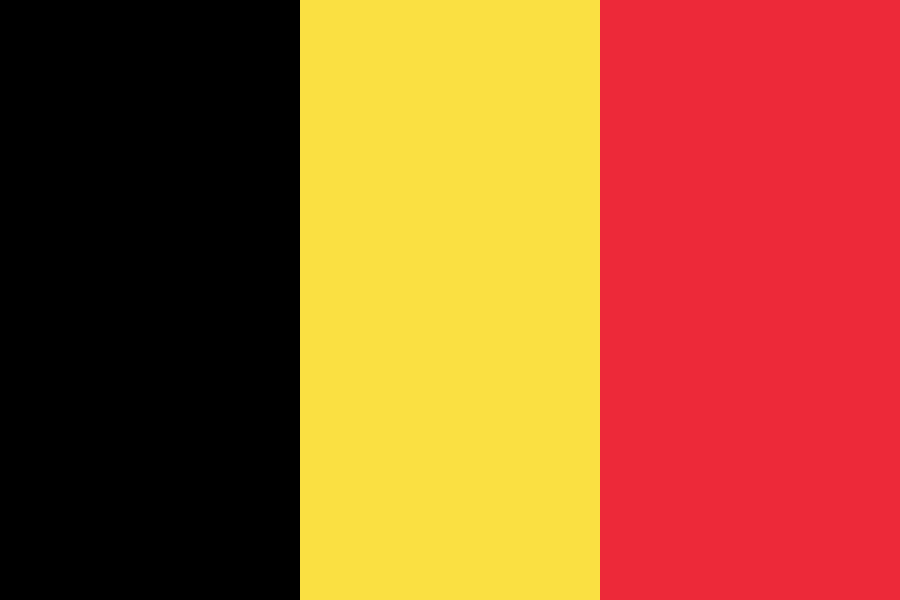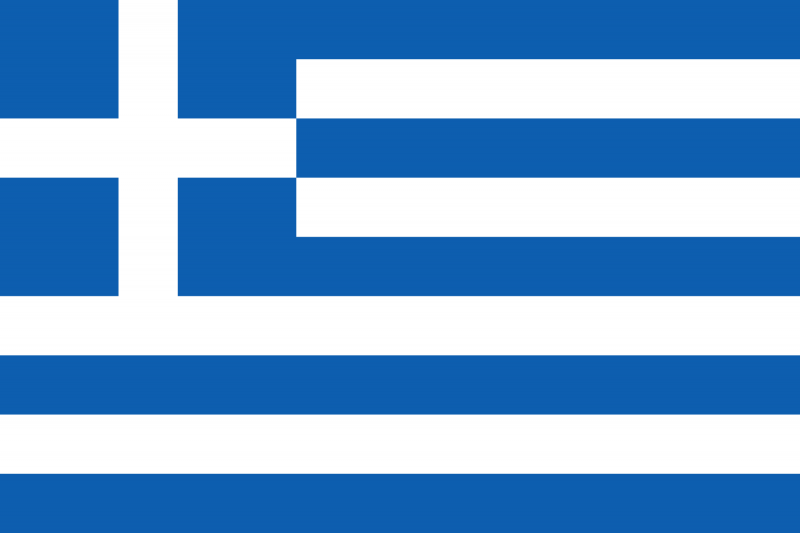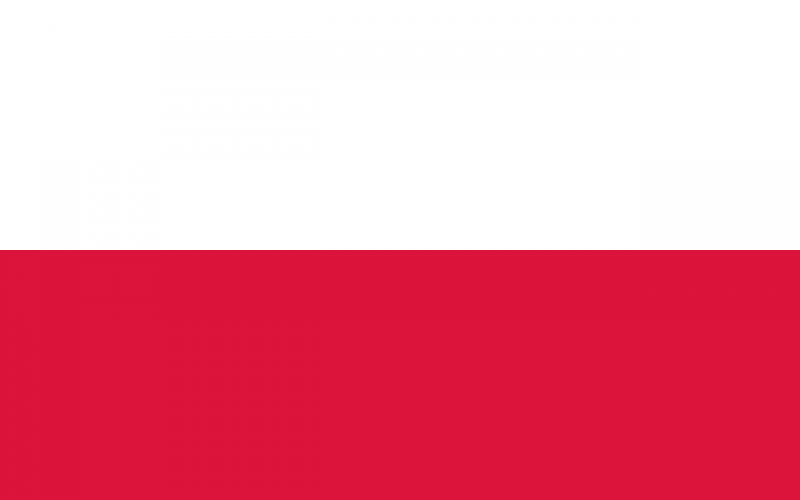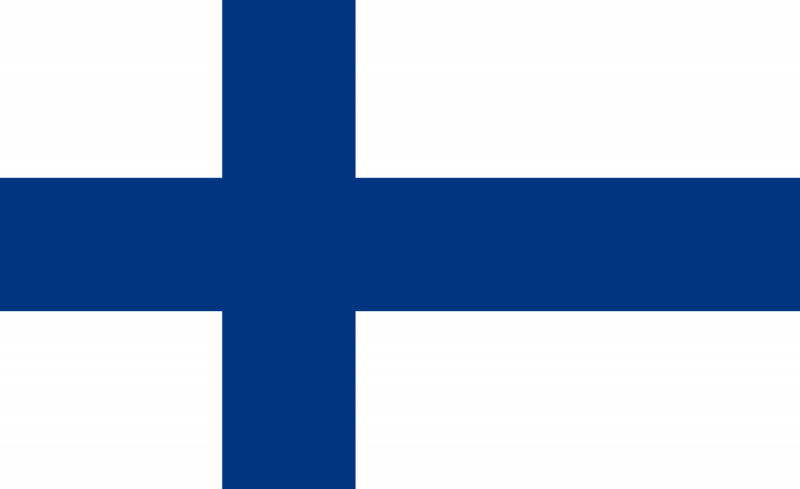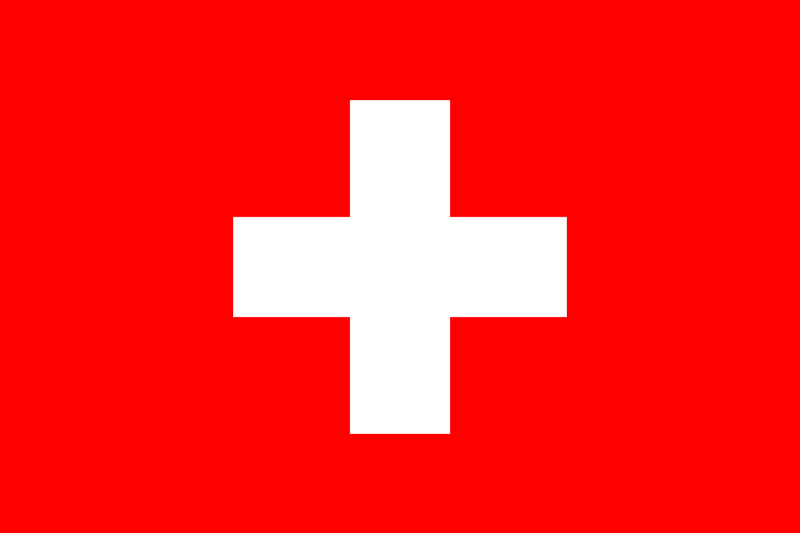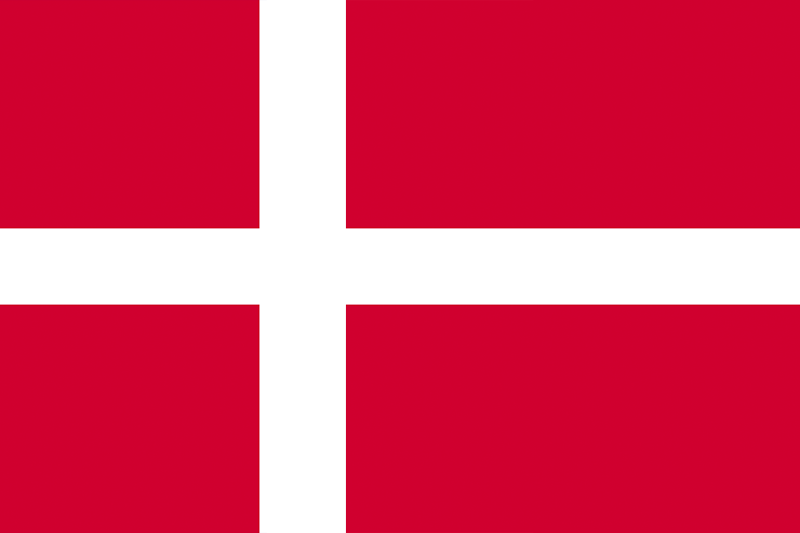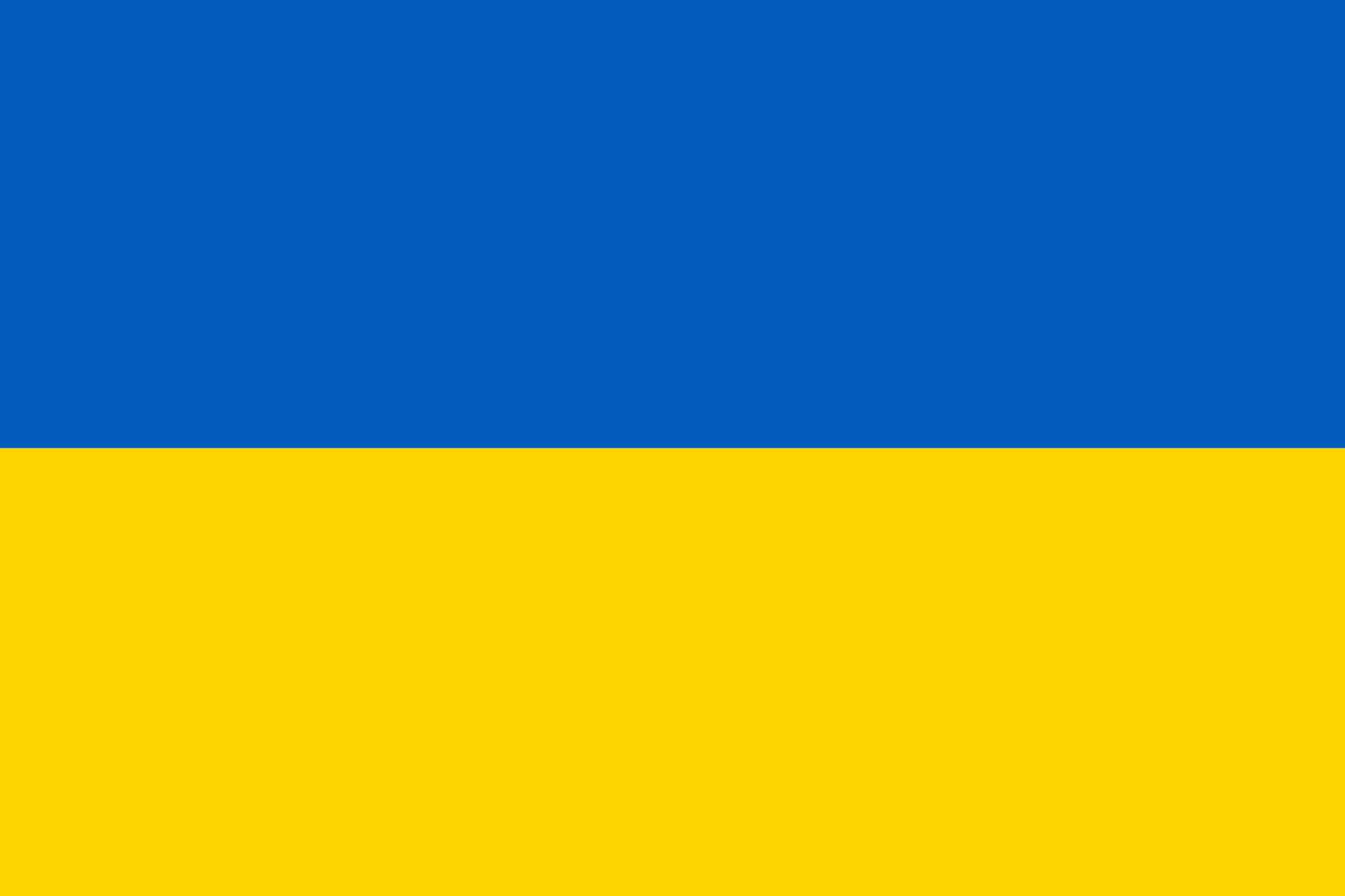 Ukraine
UkraineRadical Movements in Ukraine: Much Ado About Nothing?
Within the partnership with the Association of the European Affairs Master at Sciences Po (AMAE)
Populists usually see themselves as defenders of particular regions or social groups by employing polarising and oversimplifying rhetoric, claiming they represent the vox populi. This article seeks to analyse the lowest common denominator shared by populist actors in Ukraine in relation to political and religious radicalization.
The peculiarity of the Ukrainian Case
According to Ukraine’s third president since Ukraine’s independence, Viktor Yushchenko (2005-2010), the populist narrative has been dominated by economic issues[1]. Along this same vein, the Euromaidan tragic events highlighted the diametrically opposed interests of certain social and political groups: mostly those in favour of European integration, and those in support of trade cooperation with Russia. Political discord over signing of Ukraine-EU Association Agreement and the Eurasian Customs Union clearly contributed to the economic turmoil.
In Ukraine, like in other countries, radical movements emerged mainly due to the government’s unpopularity, the absence of genuine leadership, as well as failure of political institutions to deliver. Yet, in order to fully evaluate the importance of radical movements in Ukraine, it is vital to consider political dynamics, beyond economic issues. In this regard, the Ukrainian case is peculiar and problematic, in that its brand of populism gained traction under circumstances that were different to other European countries. It is against the background of the Euromaidan protests (November 2013 – February 2014), the annexation of the Crimean peninsula by the Russian Federation on 18 March 2014, and the outbreak of the Donbas war in July 2014, that radical populist movements became popular with the masses.
“Religion as such is irrelevant – or at least sidelined – in the the populist discourse, and does not play a significant part in the radicalisation process”
Other than advocating for more and better justice and equality, Ukrainian populist narratives also focus on citizen protection, and promoting peace and security along the lines of patriotism[2]. What also makes the Ukrainian case stand out is the populist call for civic engagement in military operations; it is fundamentally appealing to ‘ordinary people’ because it supposedly challenges the authority of the privileged elite in power – that is, the Cabinet of Ministers of Ukraine, and the Verkhovna Rada, Ukraine’s parliament.
The populist narrative also revolves around ethnic identity questions, given the clear dominance of Ukrainian and Russian ethnic groups. In light of populists’ overall rhetoric of patriotism, extreme-right groups recruit mainly nationalists of Ukrainian origin however some also welcome foreigners and even Russians, as long as they share the same goal of protecting Ukraine’s sovereignty. In regards to linguistic identity, depending on the movement, either Ukrainian or Russian is spoken – so not all the movements necessarily exclude, or discriminate, against Russian speakers.
With respect to religion, it is important to emphasise the fact that, unlike in many European countries, radical populist movements in Ukraine do not target any religious groups. Practising a religion has become more common in the country, perhaps due to the ongoing military conflict, yet Ukraine remains overwhelmingly Christian. The vast majority of the population identifies as Orthodox (73.7%) with approximately 1.7% (0.5% excluding Crimea) and 0.8% practising Islam and Judaism respectively (in 2015)[3]. Therefore, religion as such is irrelevant – or at least sidelined – in the populist discourse, and does not play a significant part in the radicalisation process.
Civil unrest and conflict escalation clearly brought to light aggressive behaviour of some activists: Molotov cocktails and various renditions of swastika symbols hark back to World War II tactics. Over the past two years the crime rate in Ukraine rose by 3%[4], yet within this statistic, the increase in violence and criminal offenses is often wrongly attributed to the extreme right. Some adherents of nationalist movements do indeed participate in armed paramilitary force activities, but usually remain discreet concerning their political beliefs. Their nicknames, symbols and leaders’ provocative statements posted on YouTube, are at times reminiscent of neo-fascism, and often contribute to the overestimation of the political importance of the extreme right today.
Main radical movements in Ukraine
Where the Ukrainian government is reluctant to accept the presence of radical movements, the European media conversely tends to exaggerate their influence[5]. In spite of ultranationalist and racist accusations, only 10-20% of radical activists are self-proclaimed neo-fascists. Thus, neo-fascism is not a common feature of Ukrainian nationalism itself. Overall though, there are four main radical movements which are worth commenting on, also taking into account the impact of the last Ukrainian parliamentary election, which took place on 26 October 2014[6], on the domestic populist dynamic.
The radical movement Right Sector (‘Pravyi Sektor’) emerged in November 2013, initially as a Volunteer National Corps, and now consists of military and political ‘wings’. The party professes ‘traditional Ukrainian nationalism’[7], based on Stepan Bandera’s beliefs, who was the leader of the Organization of Ukrainian Nationalists (OUN-B) in the 1940s. Its logo, black and red trident, has many a time been accused of neo-Nazi affiliations, which have been publically denied. In 2014, the movement was supported by the Ukrainian National Assembly–Ukrainian People’s Self-Defence in many regions and was eventually institutionalised. The Right Sector’s founder and ex-leader, Viktor Yarosh, was placed on the Interpol list at Russia’s request following his call for “more active resistance against Russia”[8]. In April 2015, Yarosh became an advisor to the Ukrainian Armed Forces’ Commander-in-Chief[9]. Last year, the party changed its name to the ‘National liberation movement Right Sector’, yet Yarosh resigned in December and has recently established a new nationalist movement, the Governmental Initiative of Yarosh (DIYA). Today, Right Sector’s adherents add up to 10 000, and occupy only one seat in parliament, hence their limited influence on decision-making.
In May 2014, the ‘Azov Battalion’ troops were also founded, also as a voluntary organisation. In 2015, they became a regiment incorporated in the National Guard of Ukraine making part of the Ukrainian Armed Forces[10]. Directly engaged in anti-terrorist operations in the Donbas region, it is constituted of roughly 1 000 troops, headed by Colonel Andriy Biletsky. Although represented by a banner featuring the Black Sun makes it difficult to contest their neo-Nazi affiliations, the ideology of the ‘Azov’ largely is derivative of nationalist patriotism. Following the false threat of violent retaliation against the Netherlands in a fake YouTube video released in January 2016, Azov Battalion took the opportunity to once again deny any neo-Nazi links and confirm their pro-European position, in the Social-Nationalist Assembly[11].
Additionally, the Radical Party of Oleh Lyashko could also serve as an example of radical populism, established in 2010 under the name of ‘Ukrainian Radical-Democratic Party’. Its logo is a pitchfork, alluding to the party’s promise to purify the country of its oligarchs ‘with a pitchfork’[12]. Its speaker, Ihor Mosiychuk, is well known for his fights while in office, which he personally posts on YouTube. Accused of plotting to blow up a statue of Lenin in the Kyiv region in 2011, Mosiychuk was charged with bribery (100 000 uah), as a result of ‘severe torture’ in 2015, however has been acquitted by the High Specialized Court of Ukraine this month[13]. Despite the increase in seats in parliament (currently 21), the party’s influence remains rather limited.
“Headed by Oleh Tyahnybok since 2004, Svoboda is operating a ‘respectability quest’, changes its name and its contradictory logo, similar to the Nazi Wolfsangel, to the yellow three fingers trident”
Svoboda’s (Freedom) foundation dates back to 1991, when it was conceived as Social-National Party of Ukraine (SNPU). Headed by Oleh Tyahnybok since 2004, the party is operating a ‘respectability quest’, changes its name and its contradictory logo, similar to the Nazi Wolfsangel, to the yellow three fingers trident[14]. It is a right-wing party also claiming to be the heir of Stepan Bandera’s ideology, which was one of the driving forces of the Euromaidan. It opposes communism and like other radical movements in Ukraine openly denies any neo-Nazi affiliations[15]. It is often times accused of anti-semitism, also publicly denied by Svoboda’s leader[16]. The party is well known outside the country, especially for its incentives to build alliances abroad. For instance, the party previously maintained diplomatic relations with the French extreme right. However, as soon as Marine Le Pen turned to the Russians, Tyahnybok was obliged to look for new foreign partners[17]. Some criticised the party for forging ties with the US, following Tyahnybok’s public appearances with high officials such as John McCain, Joe Biden and Victoria Nuland in 2013-14[18]. Despite its media coverage abroad, the party is less powerful than in 2012, since it has lost 32 seats and currently holds only 7 seats in parliament.
In conclusion though, two things are relatively clear: religious radicalisation is not on the agenda of the extreme right in Ukraine, and political radicalisation in concrete terms remains relatively insignificant. According to Ukraine’s current Minister of Economy and Trade, Aivaras Abromavičius, radical movements represent a populist threat more in economic terms than political.
As a matter of fact, as the outward promises of establishing order and making justice testify, the ideology of radical movements in Ukraine relies heavily on populist politics putting patriotism at the forefront. However, radical parties attempting to project a positive image of nationalism before the electorate still fail to deliver, and this is demonstrable in the result of the last parliamentary election. The extreme right is notably outnumbered, winning in total less than 2% of the seats. Thus, as long as only a small fraction of radical movement activists have genuinely ultranationalist views that could be affiliated to neo-Nazism, their influence, at present, is limited, and they do not represent an imminent threat to Ukraine’s stability.
Sources:
[1] УНІАН (2008): Ющенко про популізм, заслаблу економіку та “жовту картку” урядові, on: www.unian.ua.
[2] S. Ostapchuk, M. Mishchenko (2011): Хто вони, українські радикали?, on: УНІАН, www.unian.ua.
[3] IRS (2015): Інститут релігійної свободи, on: www.irs.in.ua.
[4] Корреспондент (2016): Назад у 90-ті. В Україні різко зріс рівень злочинності, on: www.ua.korrespondent.net.
[5] D. Stern (2014): ‘Ультраправі в Україні: нечисленні, але є’, BBC Україна, on: www.bbc.com.
[6] ICTV (2014): ‘Екзит-пол: результати усіх партій’, ICTV, 26 October 2014,
[7] Правий сектор (nd): See Що таке правий сектор?.
[8] RT (2014): Interpol puts Ukrainian ultranationalist Yarosh on wanted list, on: RT, www.rt.com.
[9] Kyiv Post (2015): Defense Ministry: Yarosh to be Armed Forces Commander in Chief’s advisor, KyivPost, on: www.kyivpost.com.
[10] 5 UA (2014): Полк особливого призначення “Азов” переведений до складу Національної Гвардії України, on: www.5.ua.
[11] Європейська Правда (2016): В мережі поширюють фейковий ролик, де Азов нібито погрожує терактами в Нідерландах, on: www.eurointegration.com.ua.
[12] Liashko (2014): План Ляшка. Перемога України.
[13] UNIAN (2015): Mosiychuk says confession of bribery result of “severe torture”, on: www.unian.info.
[14] See the website of Svoboda: Історія ВО “Свобода”.
[15] ТСН (2011): “Свобода” подала до суду на комуніста за порівняння з фашистами’, on: www.tsn.ua.
[16] Тягнибок (2013): Хочу, чтобы украинцы были похожи на израильтян, Подробности, on: www.podrobnosti.ua.
[17] Chervonenko, V. (2015): Ле Пен і Тягнибок: чому друзі стали ворогами?, BBC Україна, on: www.bbc.com.
[18] Taylor, A. (2013): John McCain Went To Ukraine And Stood On Stage With A Man Accused Of Being An Anti-Semitic Neo-Nazi, on: Business Insider, www.businessinsider.com.
